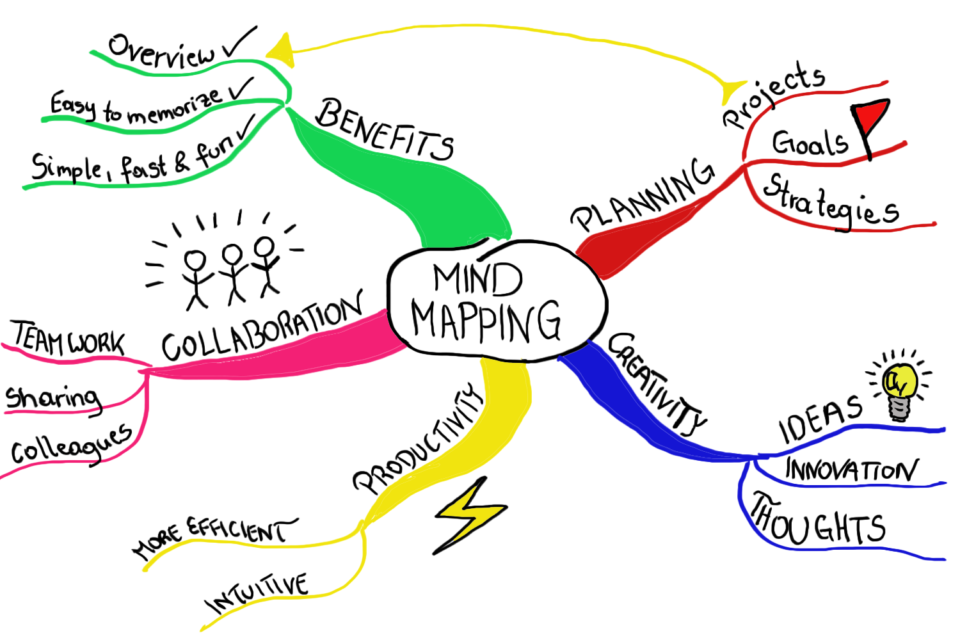You can make textual content or take a piece of paper and begin writing predictably once you have a bunch of thoughts in your head. Nevertheless, it loses its effectiveness, making it difficult to gain a whole picture. Instead, look at some mind map samples to discover how to conceptualize and mind map your ideas.
With this creative and well-liked concept mapping tool, you may discover how to organize knowledge. A mind map is a comprehensive strategy for increasing productivity by assisting you in generating and analyzing ideas, as well as organizing and recalling information.
What are Some of the Applications of Mind Maps?
You can make a mind map on any subject you like. The opportunities are truly endless! Creating a mind map reflecting your objectives is one of the most common usages.
This enables you to express your objectives, write them down, and understand how they are linked. You can mind short-term map goals such as typical responsibilities or long-term goals several years away.
Once you’re through, you’ll have a lovely mind map to post on your studio or office wall, stick inside your sketchbook, or put it anywhere you’ll see it often. You can concentrate your energies and set your emotions on what you wish to do or accomplish by picturing your objectives.
What is the Best Way to Construct a Mind Map?
Mind maps are straightforward to make and can be done on a whiteboard, on paper, or using a mind mapping app. In every medium, following these simple steps:
- Decide on your primary or central theme.
The focal point of your mind map will be your crucial thought. Amid your canvas, design and type the keyword that most accurately defines your fundamental notion. Use graphics and colors that are indicative of your main point. The central idea will be split down into its constituent elements, with linking curving lines illustrating how the components are connected to the core idea.
- Determine the main core thoughts that flow straight from the core concept.
To do so, thoroughly assess your main idea to develop additional suggestions. Your core key concepts will be directly related to your central notion.
Ensure you make a list of the keywords that best describe your main points and enclose them in circles or nodes. Attach photos that highlight each of the main ideas.
- Secondary concepts should be identified and linked
Examine each of the main ideas to see what their sub-ideas are. Your secondary ideas will be the thoughts that you extract from each fundamental idea.
Employing curved connecting lines link the subsidiary concepts to their fundamental ideas. To make the mind map more visually appealing, add colors and graphics to each secondary concept.
- Examine all of the thoughts on the mind map to see if you can make further connections
Examine all of the thoughts and branches on your mind map to see if you can find any more connections between them. If you come across more linked concepts, use cross-links to show the relationship.

